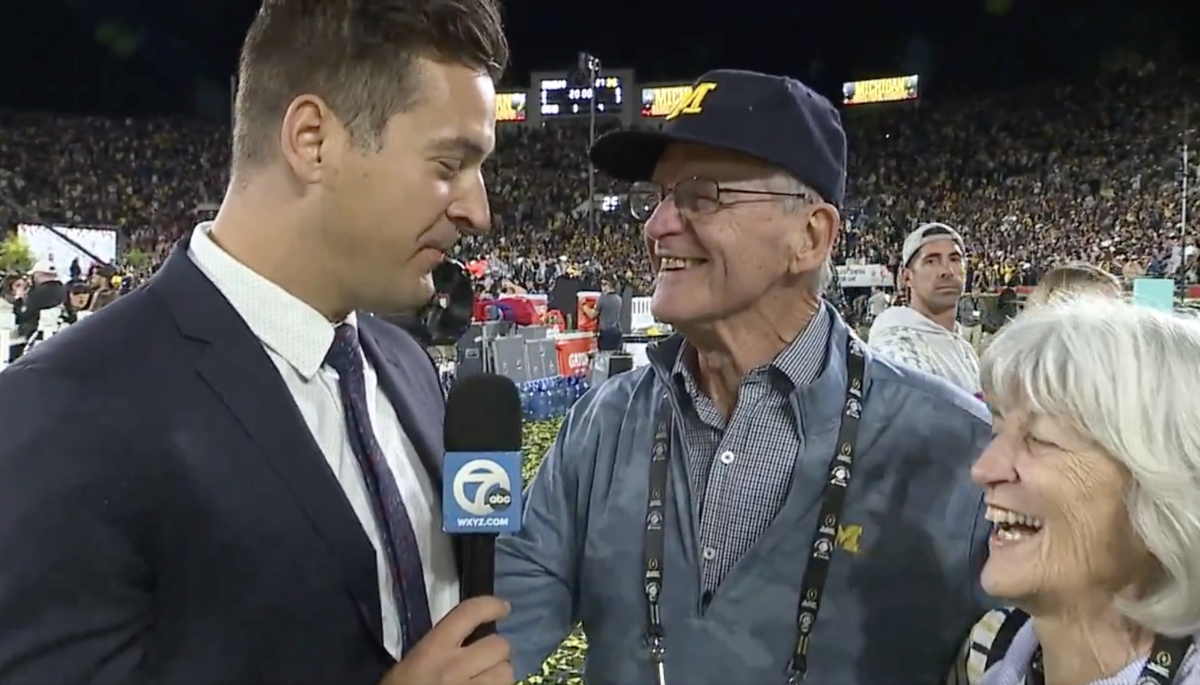Twenty years ago, a relatively unknown Jim Harbaugh stepped onto the sidelines at the University of San Diego, marking the unassuming beginning of a coaching career that would become one of the most captivating and controversial in modern college and professional football. Reflecting on Jim Harbaugh’s coaching career 20 years after his USD debut reveals a complex tapestry woven with undeniable success, frustrating inconsistencies, and a fiercely debated legacy that continues to fuel passionate discussion among fans and analysts alike. His journey, from the relative obscurity of Division I-AA to the national spotlight of the NFL and back again to the maize and blue of Michigan, offers a compelling case study in ambition, resilience, and the enduring power of a singular, often abrasive, personality.
Harbaugh’s two-year stint at USD (2003-2004) might seem a minor footnote in his overall narrative, but it serves as a crucial foundation. He inherited a program struggling to find its footing, and his immediate impact was palpable. He instilled a winning culture, emphasizing discipline, physicality, and a relentless work ethic. While the Toreros didn’t achieve national prominence, Harbaugh’s success in transforming the program’s culture and competitiveness laid the groundwork for his future triumphs. This period showcased his ability to connect with players, motivate them to exceed expectations, and build a cohesive unit from seemingly disparate parts – qualities that would become hallmarks of his coaching philosophy. The seeds of his future success were sown in the relatively quiet confines of USD’s campus.
The subsequent stops at Stanford and the San Francisco 49ers cemented Harbaugh’s reputation as a rising star. At Stanford, he resurrected a moribund program, leading the Cardinal to unprecedented success, including bowl victories and a top-10 ranking. His innovative offensive schemes, coupled with his demanding yet inspirational coaching style, transformed Stanford into a national power. He didn’t just win games; he instilled a sense of pride and accomplishment in a program that had long languished in the shadows of its Pac-12 rivals. This period demonstrated his ability to not only build winning programs but also to elevate the overall profile of the institutions he represented.
His move to the NFL with the 49ers was a natural progression. He immediately injected a renewed sense of purpose and competitiveness into a franchise that had been struggling for consistency. His first three seasons were nothing short of remarkable, culminating in a Super Bowl appearance in 2013. The 49ers, under Harbaugh’s leadership, became a team known for its physicality, its disciplined execution, and its unwavering commitment to winning. His ability to cultivate a winning culture, even in the highly competitive environment of the NFL, further solidified his reputation as a top-tier coach. However, his tenure in San Francisco ended abruptly, marked by a highly publicized rift with the team’s management, leaving behind a legacy of both remarkable success and unresolved tension.

The return to the college ranks at the University of Michigan in 2015 presented a new chapter, one filled with both exhilarating highs and frustrating lows. The Wolverines, a program steeped in tradition and expectation, had been struggling to regain their former glory. Harbaugh’s arrival was met with immense fanfare, and initial optimism was high. While he has consistently delivered winning seasons and produced NFL-caliber talent, the elusive national championship has remained frustratingly out of reach. His record against rival Ohio State remains a significant blemish, fueling ongoing debates about his ultimate success in Ann Arbor. Despite consistent recruiting success and the development of numerous talented players, the lack of a national title continues to cast a shadow over his tenure at Michigan.
The narrative surrounding Jim Harbaugh is multifaceted and often contradictory. He’s lauded for his intense passion, his unwavering commitment to his players, and his ability to build winning programs from the ground up. He’s also criticized for his sometimes abrasive personality, his perceived inflexibility, and his inability to consistently overcome the most formidable opponents. His coaching style, while undeniably effective, has also been described as demanding and even autocratic. This duality is a significant part of his legacy, making him a figure who evokes strong reactions, both positive and negative, from those who have followed his career.
Looking back over two decades of coaching, it’s clear that Jim Harbaugh’s impact on the game of football has been profound. He’s a coach who demands excellence, who inspires loyalty, and who consistently pushes the boundaries of what’s possible. His journey, from the relative anonymity of USD to the national spotlight of the NFL and the college football landscape, is a testament to his unwavering ambition and his relentless pursuit of success. While the ultimate measure of his legacy may remain a subject of ongoing debate, his impact on the game, and the lives of the countless players he’s coached, is undeniable. His story is one of triumph and tribulation, of unwavering determination and frustrating setbacks, a story that continues to unfold, captivating audiences and sparking passionate discussions long after the final whistle blows. The question of whether he’s a truly great coach, one who consistently delivers championships, remains open to interpretation. However, his impact on the game, his ability to build winning programs, and his enduring influence on the players he’s mentored solidify his place as one of the most compelling and significant figures in modern football. The next chapter of his career, wherever it may lead, will undoubtedly be watched with keen interest and considerable anticipation. The legacy of Jim Harbaugh, 20 years after his USD debut, is far from complete, and its ultimate form remains to be written.



